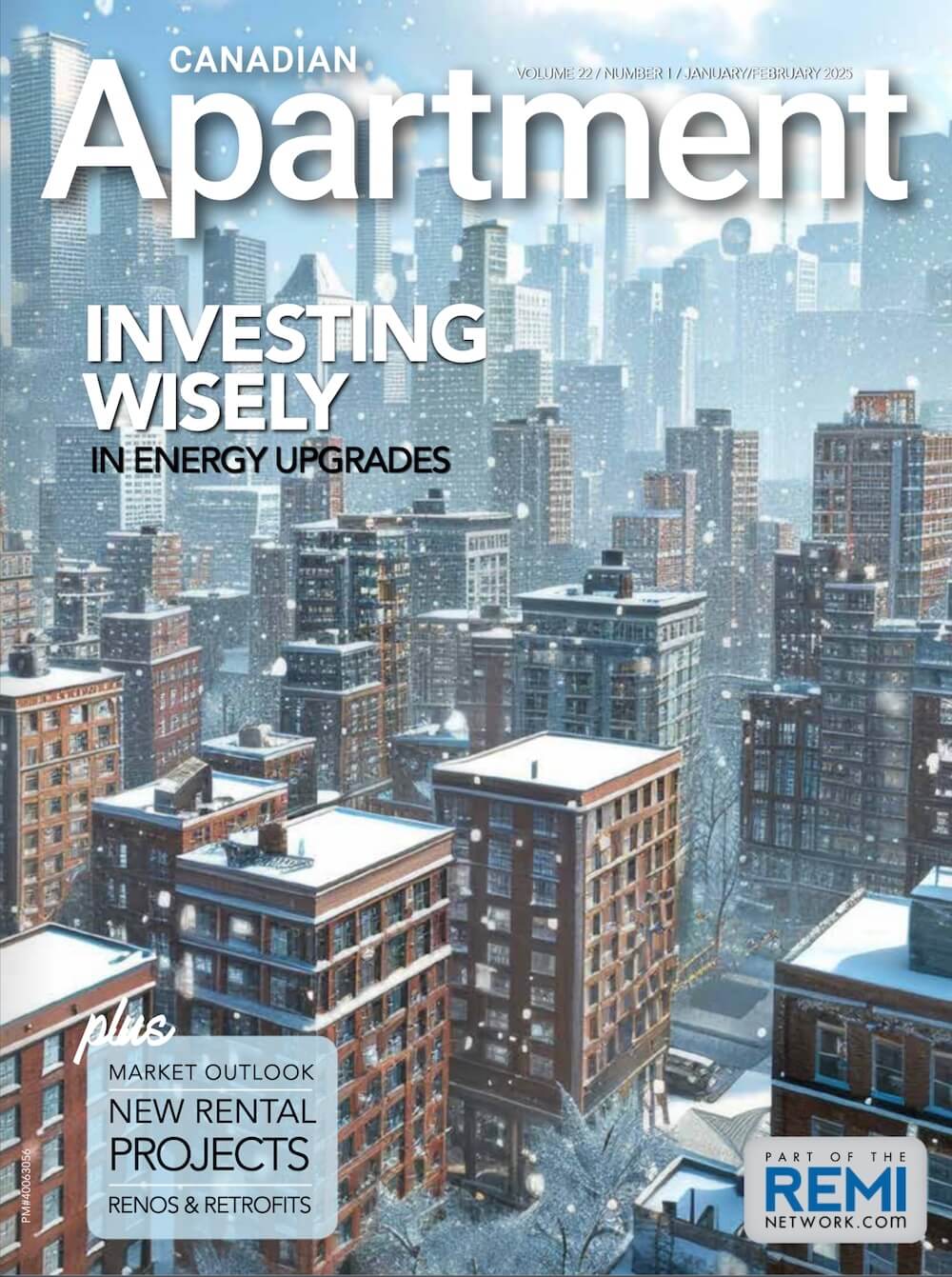According to new data released from the CMHC, the highest average monthly rent in Canada in April 2015 was $1,345 for a two-bedroom, primary purpose-built apartment in Vancouver. Calgary had the second highest with $1,319 per month, followed closely by Toronto at $1,269.
On the national level, the average monthly rent for a two-bedroom unit in Canada stood at $949. Trois-Rivières, Que. had the lowest average monthly rent at $571 per month, followed by Saguenay, Que. and Sherbooke, Que. with $583 and $607 respectively.
Rental vacancy rates in major urban centres
The average vacancy rate for primary purpose-built apartments rose to 2.9 per cent in April 2015, from 2.7 per cent last year—an insignificant change suggesting stability.
“The stability of the national vacancy rate is due to offsetting regional trends that reflect the negative impact of lower oil prices on rental demand leading to higher vacancy rates in oil-producing provinces, particularly Alberta and Saskatchewan,” said Bob Dugan, Chief Economist at CMHC’s Market Analysis Centre in a news release.
“However, vacancy rates decreased in most of the major centres of Ontario and British Columbia, reflecting stronger economic conditions,” he continued. “In Ontario, improving employment conditions for young adults aged 15 to 24, a key source of rental demand, and a stable supply of rental units placed downward pressure on vacancy rates, while increased immigration to British Columbia, another key source of rental demand, more than offset an increase in the province’s rental market supply.”
Areas with the lowest vacancy rates were Guelph, Ont., with 0.6 per cent, Victoria, B.C. with 1.2 per cent and Vancouver with 1.4 per cent. Moncton, N.B. had the highest vacancy rate at 8.8 per cent followed by Saint John, N.B. (8.4 per cent), and Gatineau, Que. (6.2 per cent). Toronto’s vacancy rate dropped slightly to 1.8 per cent.
The CMHC’s Rental Market Survey is conducted twice a year, in April and October, in all communities of 10,000 or more.The April survey covers apartment and row structures containing at least three rental units. Unlike the fall survey, it does not report information on smaller geographic zones within centres and the secondary rental market.






